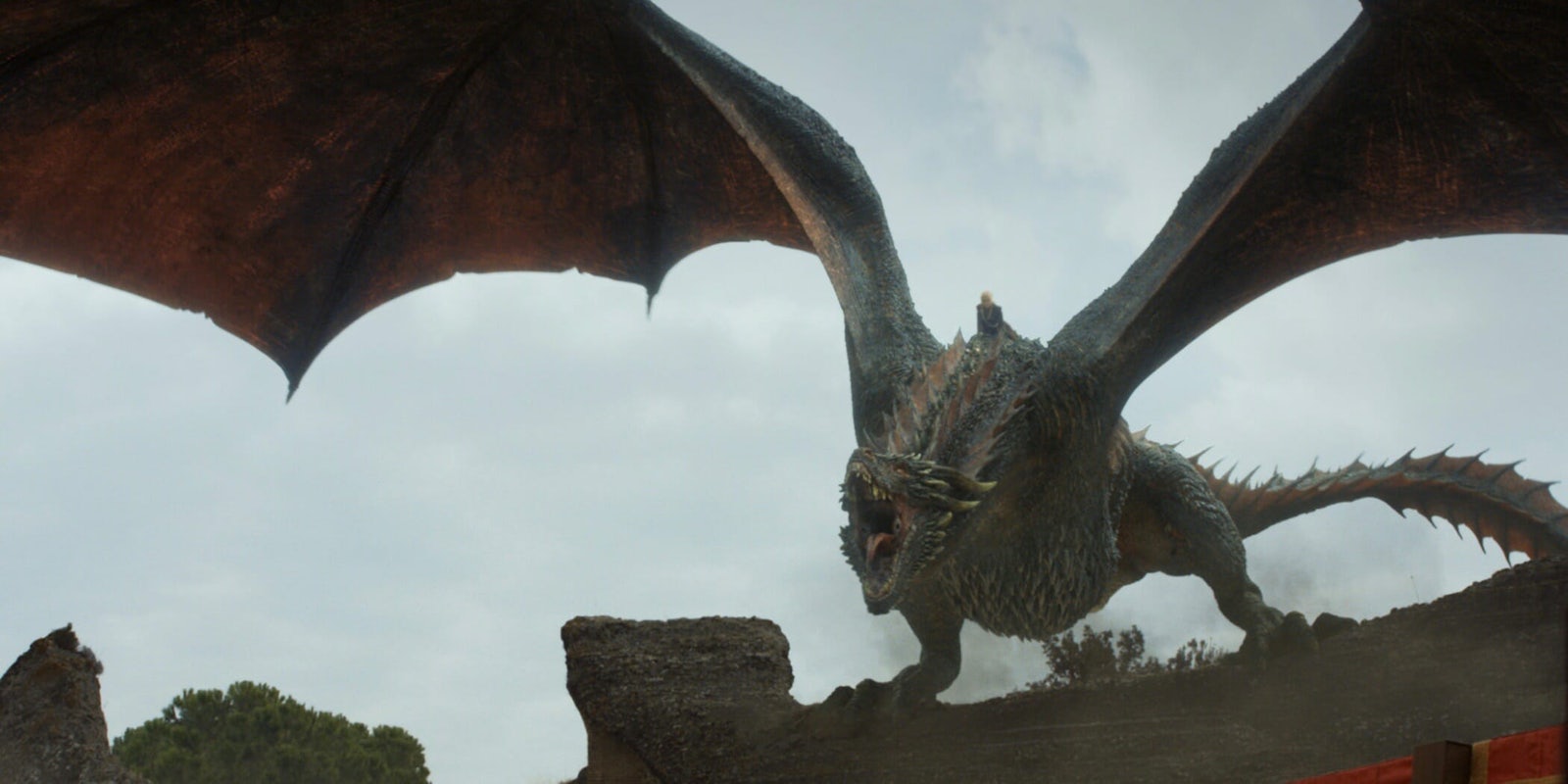Astrophysicist Neil deGrasse Tyson has nitpicked the accuracies of depictions in science fiction movies for years, often to the amusement (and sometimes chagrin) of his fans. But now he’s taking science to a whole new realm: fantasy.
Game of Thrones may have ended its seventh season nearly a month ago, but Tyson figured enough time had passed for him to apply some science to Westeros. He didn’t touch one of fans’ biggest issues with the new season—the increased reliance on warping time for the sake of plot—but rather focused on the much bigger picture. White Walkers, wights, and dragons might not be real, but for Tyson real physics and biology still apply.
Everybody all caught up on #GameOfThrones? I have a comment or two, if anybody is interested…
— Neil deGrasse Tyson (@neiltyson) September 24, 2017
Although he didn’t question how the Night King and his army of wights got hold of the chains to pull Viserion’s body out of the frozen lake in “Beyond the Wall,” he did have some concerns with the design of their pulley system.
I thought the frozen dead dudes couldn’t swim, but aside from that…
— Neil deGrasse Tyson (@neiltyson) September 24, 2017
Bad Physics in #GameOfThrones: Pulling a dragon out of a lake? Chains need to be straight, and not curve over hill and dale. pic.twitter.com/VIJlIuDz3L
— Neil deGrasse Tyson (@neiltyson) September 24, 2017
But his criticism stopped there. He had plenty of praise for how the visual effects team designed Daenerys Targaryen’s fully grown dragons. The size of Drogon’s wingspan and his usage of his wings as limbs made sense to Tyson.
Good Bio-Physics in #GameOfThrones: The Dragon Wingspans are sensibly large, as their body weight would require for flight. pic.twitter.com/gzD5wI38u5
— Neil deGrasse Tyson (@neiltyson) September 24, 2017
The sensibly large wingspan of Dragons in #GameOfThrones contrasts with aerodynamically useless wings of Renaissance cherubs. pic.twitter.com/I8L8ILBtUu
— Neil deGrasse Tyson (@neiltyson) September 24, 2017
Good Biology in #GameOfThrones: As in #LordOfTheRings, Dragons forfeited their forelimbs to make wings, like birds & bats. pic.twitter.com/pguBe6rosQ
— Neil deGrasse Tyson (@neiltyson) September 24, 2017
His observations on dragons didn’t end there. He had a particularly interesting point to note regarding the show’s show-stopping final scene in which the Night King and an undead Viserion blasts a hole in the Wall with blue flames.
Intriguing Thermal Physics in #GameOfThrones: BlueDragon breath would be at least a factor of 3X hotter than RedDragon breath pic.twitter.com/RvpBkqJ1sw
— Neil deGrasse Tyson (@neiltyson) September 24, 2017
He left the another big question—how Viserion can fly with all of the holes in his wings—untouched, but it’s always possible that he, like many fans, just chalked it up to fantasy’s age-old factor: a bit of magic.


